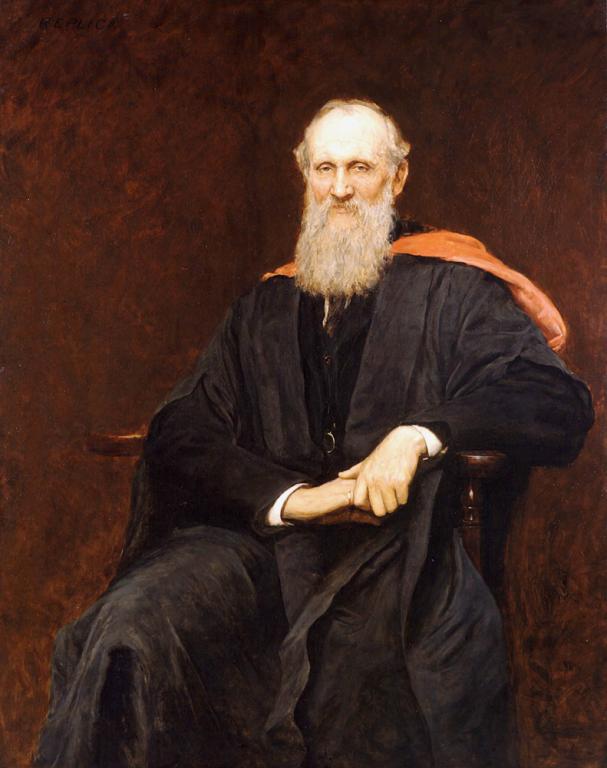
The mathematical physicist and engineer William Thomson, Lord Kelvin (1824-1907), was by no means a fool. President of the Royal Society for more than five years, he was knighted and later ennobled, becoming the first British scientist to join the House of Lords. When he died, he was buried in Westminster Abbey beside Sir Isaac Newton. A host of physical phenomena and scientific concepts bears his name, including the “kelvin,” the standard unit of absolute temperature measurement.
Life isn’t, it turns out, infinitely malleable or adaptable. There are limits:
“Some spots on Earth are too hostile for life”
But some spots beyond Earth may not be, which might potentially be problematic:
And then there’s this place:
***
“There is little evidence that cannabis helps mental health problems”
***
***
When I was in high school, I found in the school library a book by a British scientist named Anthony Standen. It was entitled Science is a Sacred Cow, and I’ve never forgotten it.
Dr. Standen, who was born in 1906 to an American mother and a British father, was educated at Oxford University, the Massachusetts Institute of Technology, and the University of New Hampshire. He died in 1993 at the age of 86, having become a respected chemist and entomologist in the interim. (He published Science is a Sacred Cow in 1950). As the Wikipedia article on Anthony Standen rather primly puts it, “He believed that scientists and their theories should be subjected to the same scrutiny and criticism that other professionals face.”
And indeed he did.
Here, for example, is a comment from Dr. Standen about William Thomson, 1st Baron Kelvin (1824-1907), the Scots Irish mathematical physicist and engineer who is, without question, one of the titanic figures in the history of modern science:












